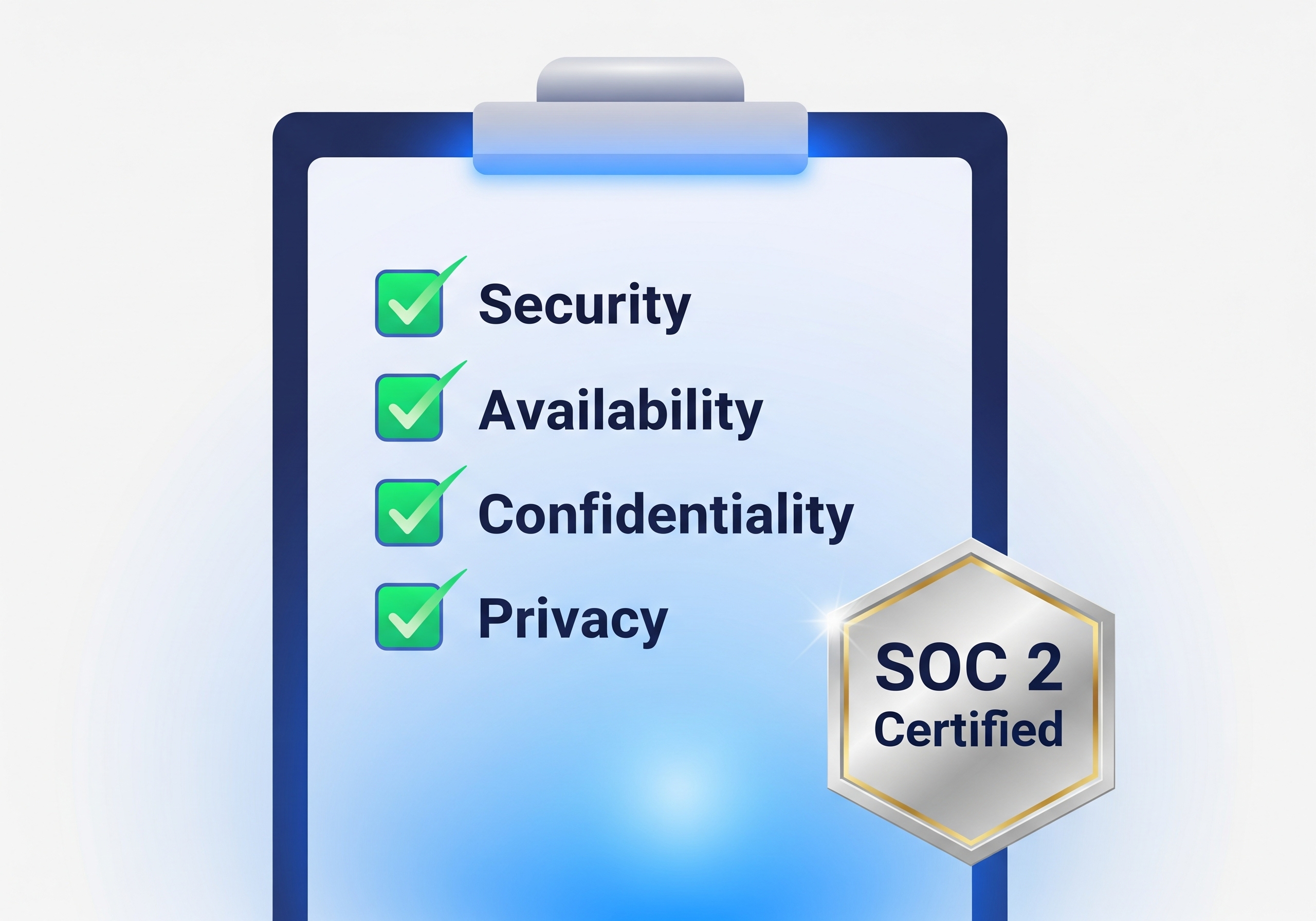Cybersecurity & Compliance
The Ultimate SOC 2 Type 2 Checklist for USA SaaS Companies

For a SaaS company in the USA, achieving SOC 2 Type 2 compliance is no longer a luxury—it's a fundamental requirement for building customer trust and unlocking enterprise sales. A SOC 2 report proves that you have the necessary controls in place to keep your clients' data secure. But the path to a successful audit can seem complex and overwhelming.
This practical, actionable checklist is designed for compliance managers, CTOs, and leadership to navigate the SOC 2 Type 2 journey. It breaks down the process into manageable phases, helping you build a robust security posture and prepare for a smooth audit.
Phase 1: Scoping & Readiness
Before you implement a single control, you need a clear plan. This phase is about defining the scope of your audit and understanding where you stand.
- Select Your Trust Services Criteria: Security (Common Criteria) is mandatory. Which others do your customers care about? Choose from Availability, Processing Integrity, Confidentiality, and Privacy.
- Define Your System Boundaries: Clearly document which parts of your infrastructure, software, people, and data will be included in the audit. Be specific.
- Conduct a Gap Analysis: Perform a thorough assessment of your current controls against the chosen Trust Services Criteria. This is where you identify what's missing.
- Assemble Your Team: Designate a clear project lead and involve key stakeholders from engineering, HR, and management.
Phase 2: Control Implementation & Remediation
This is where the heavy lifting happens. Based on your gap analysis, you will design, document, and implement the necessary controls.
- Develop Policies and Procedures: Write and formally approve key documents, including an Information Security Policy, Access Control Policy, and Incident Response Plan.
- Implement Technical Controls: Configure your cloud infrastructure (AWS, Azure, GCP), implement Mobile Device Management (MDM), set up logging and monitoring, and configure vulnerability scanning.
- Vendor Management: Establish a process for assessing the security posture of your third-party vendors.
- Employee Training: Conduct security awareness training for all employees.
Phase 3: Observation Period & Evidence Collection
A SOC 2 Type 2 report covers a period of time (typically 6-12 months). During this "observation period," you must operate your controls continuously and collect evidence to prove it.
- Automate Evidence Collection: Use a compliance automation platform (like Vanta, Drata, or Secureframe) to continuously collect evidence from your systems.
- Regular Control Monitoring: Conduct regular internal reviews to ensure controls are operating as intended.
- Document Everything: Keep meticulous records of security incidents, change management requests, and employee onboarding/offboarding.
Phase 4: The Audit & Final Report
The final phase is working with a third-party CPA firm to conduct the audit.
- Select an Auditor: Choose a reputable CPA firm with experience in auditing SaaS companies.
- Manage the Audit Process: We act as your liaison with the auditors, providing them with all the necessary evidence and answering their questions.
- Receive Your Report: Upon successful completion, you will receive your SOC 2 Type 2 report, a powerful asset for your sales and security teams.
